Commentary: Let's stop using the fuels of the past
Published in Op Eds
On April 8, President Donald Trump signed a flurry of executive orders calling for the nation to expand the mining and burning of coal, one of the dirtiest fossil fuels. It was all part of a larger effort on the president’s part to “unleash America’s energy.”
The president has also tried to freeze clean energy investments that were passed through the Biden administration’s Inflation Reduction Act. But Judge John McConnell of the U.S. District Court of Rhode Island issued a preliminary injunction against that effort, noting in his decision that the executive branch does not have the power to block spending approved by Congress.
Or, as McConnell put it, Trump’s “categorical freeze of appropriated and obligated funds fundamentally undermines the distinct constitutional roles of each branch of our government.”
Oil and gas production hit record highs under former president Joe Biden, despite his talk of a decarbonized future. On the other hand, coal, accounting for 16% of the nation’s power production, is in steep decline.
Trump is aware of the economic decay in places such as West Virginia, where coal production dropped by 60% between 2008 and 2015 following President Obama’s emissions regulations. That state, where “black gold” used to be a synonym for financial prosperity, was once a bastion for labor unions and the Democratic Party. Today, the Republican Party mines support from West Virginians by promising them a coal-powered future.
Earlier in my career as a climate and clean energy policy advocate, I traveled to the Mountain State to learn about its challenges amid the coal industry’s decline. In McDowell County, one of the state’s poorest areas, I spoke with three women over lunch at a nonprofit, where they worked in child care serving low-income families.
The women opened up to me about the impacts of the coal decline, including a high unemployment rate, food insecurity and the opioid crisis. They also spoke about the health issues their family members accumulated from working in the coal fields, including “black lung disease,” which has been found to decrease life expectancy by about 12.6 years.
While places like McDowell County overwhelmingly supported Trump in the 2016, 2020 and 2024 elections, the sitting president’s motivation for bringing back coal isn’t the Mountaineers. He wants to catch up with China and its sprawling economy.
But while China is still heavily reliant on coal, solar power is expected to become the country’s largest energy source by 2026. If Trump really cared about competition with China, he wouldn’t be trying to repeal Biden’s nearly $400 billion investments in clean energy.
Trump also wants to burn more coal to power the tech industry’s artificial intelligence aspirations. But coal-powered AI will not save the economy. Society cannot progress by using the fuels of the past.
The future of America’s energy economy is a serious matter, as is the well-being of places like West Virginia. Executive orders are not going to “stabilize” the economy. They are only temporary political tools, easily repealable by succeeding administrations.
Moreover, the clean energy investments passed under Biden have created more than 400,000 jobs, predominantly benefiting Republican-held districts. Four GOP senators — Lisa Murkowski, R-Alaska; John Curtis, R-Utah; Thom Tillis, R-N.C. and Jerry Moran, R-Kan. — recently urged Majority Leader John Thune, R-S.D., not to repeal Biden-crafted clean energy tax credits, which received no GOP support when Congress passed them in 2022.
If you too care about the future of America’s energy economy, call upon the Republican leadership and your members of Congress to protect federal clean energy investments. Renewable power is already making America more secure. There’s no need to go back in time.
____
Jus Tavcar is a climate and clean energy policy advocate and a graduate student at the University of Alaska Fairbanks. This column was produced for Progressive Perspectives, a project of The Progressive magazine, and distributed by Tribune News Service.
_____
©2025 Tribune Content Agency, LLC.


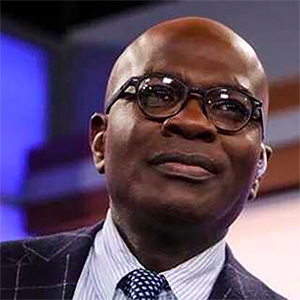



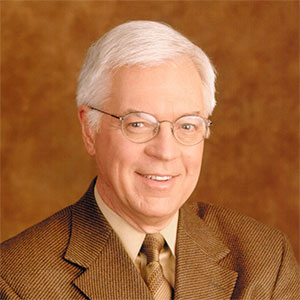















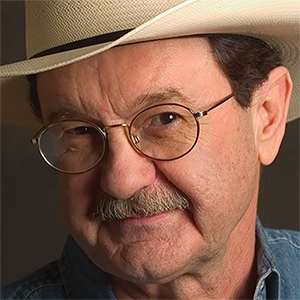





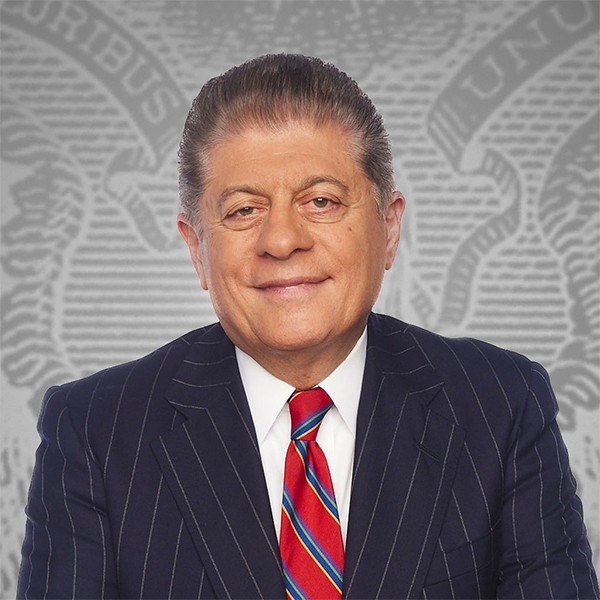



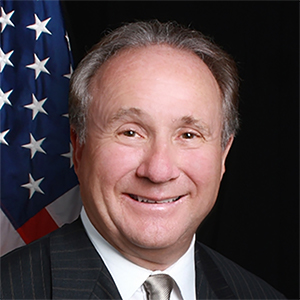

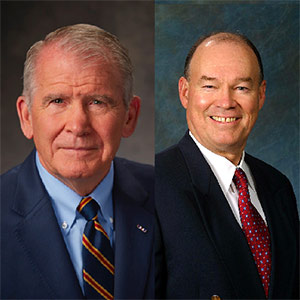

















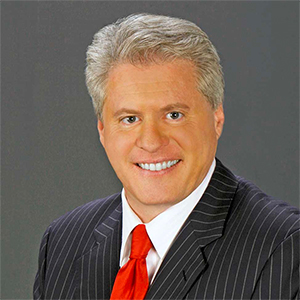



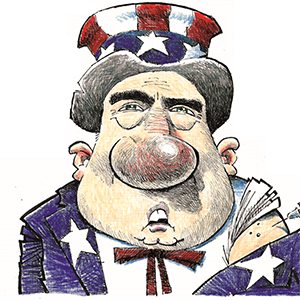


Comments